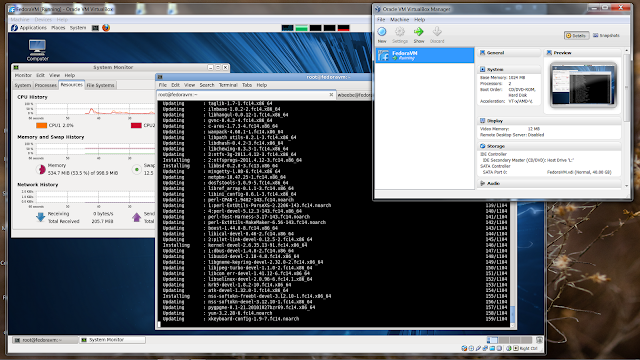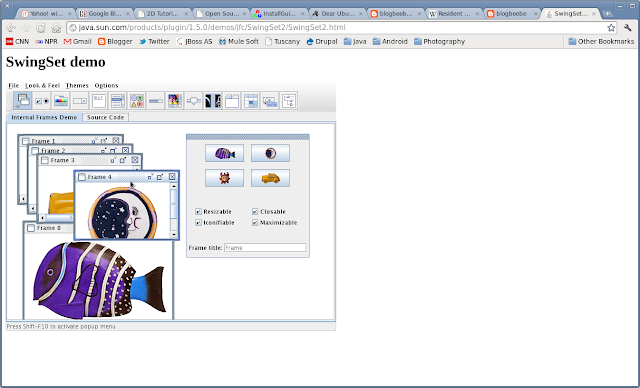The Olympus E-P3 — Too little, too late

E-P3 body with new M.Zuiko 12mm 1:2 lens Which camera system you buy and use doesn't matter. Don't get sucked into the religion surrounding camera brands as that will only blind you to a camera's true purpose of being your tool for creating interesting photographs. That's a hard lesson to learn, and an even harder lesson to remember. I've fallen into the religious brand trap more than once over the decades, starting with my first camera from Yashica and moving on to Minolta and Olympus OM film cameras. I fell into the trap yet again with Olympus' E-Volt DSLR system. I stayed in the trap with the Digital Pens (my current E-P2). But I'm finally out of the trap. For good. Not just for Olympus, but for all the brands for all time. Over the decades I have spent thousands of dollars on camera equipment. To be fair I've gotten considerable enjoyment out of the investment. I've even had the opportunity from time to time to earn a bit of cash for my p...







